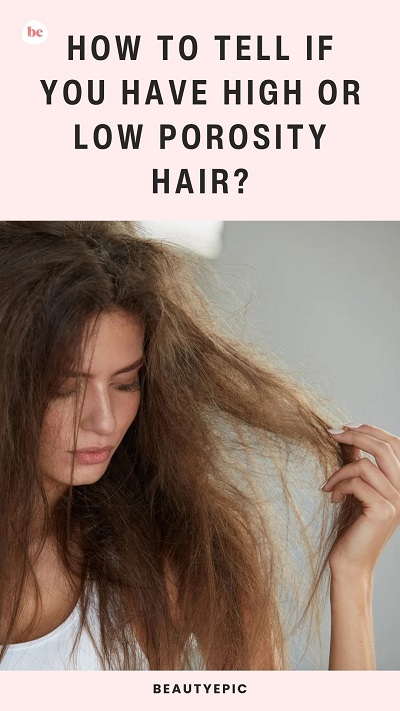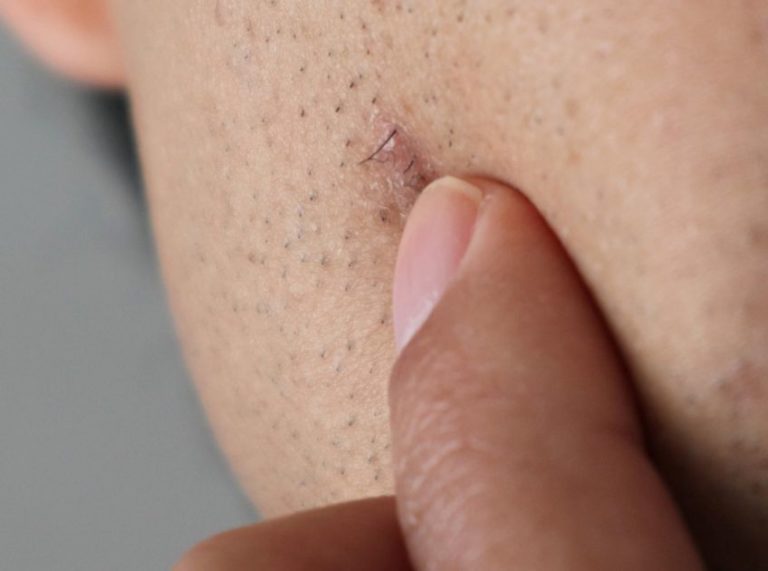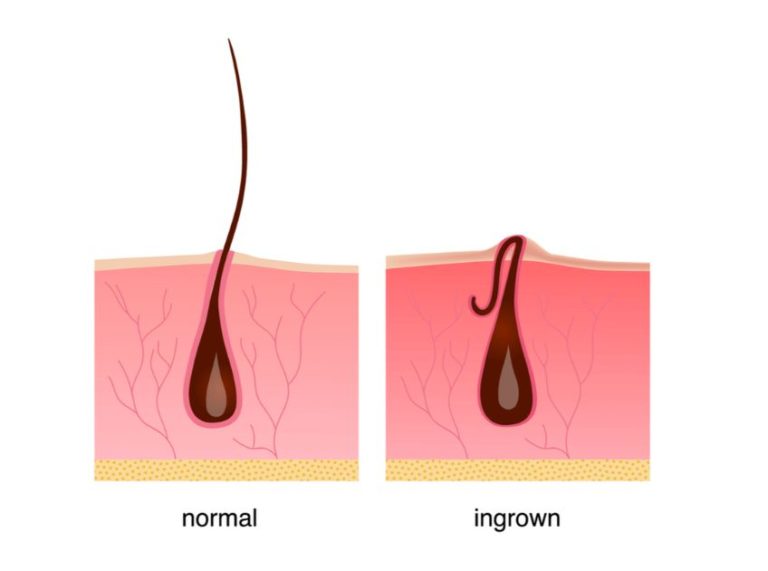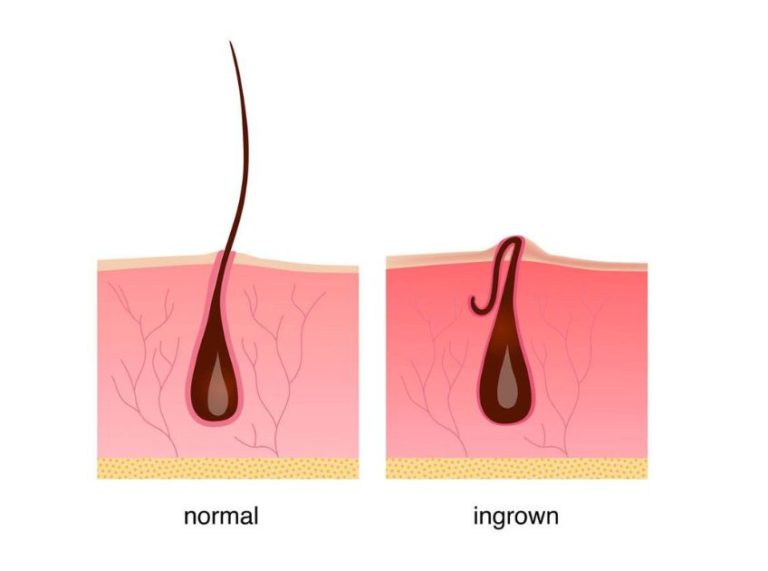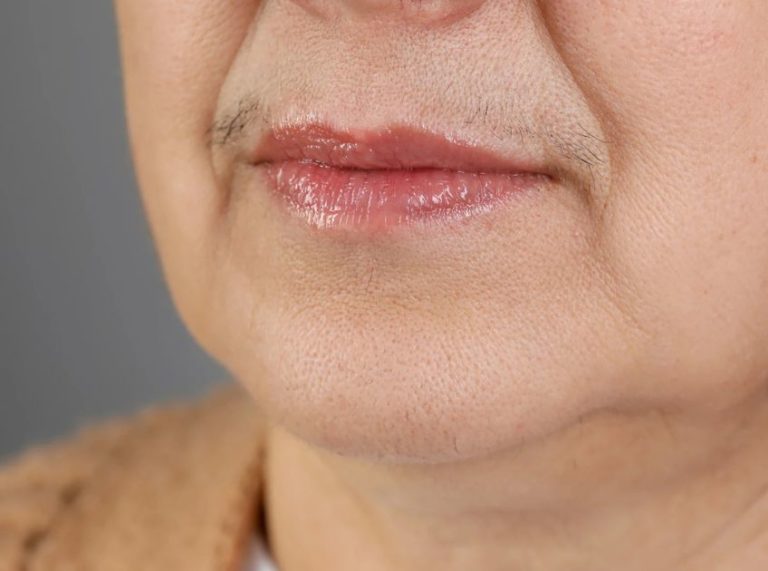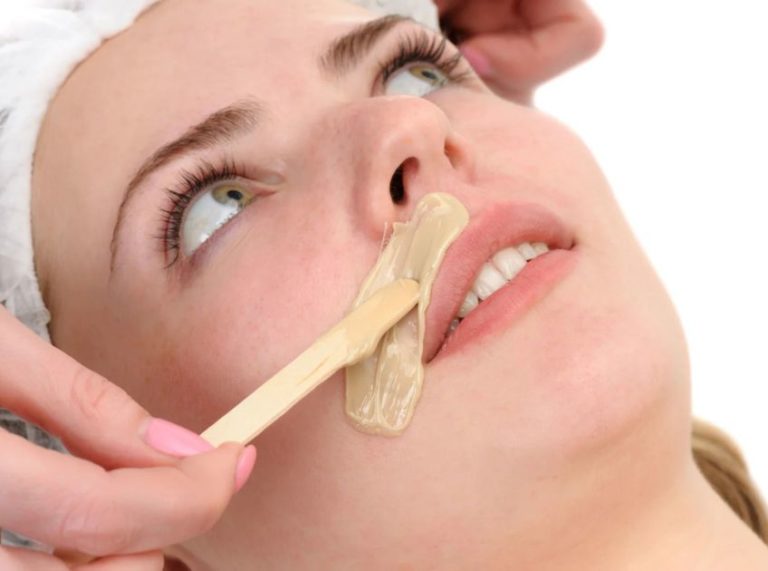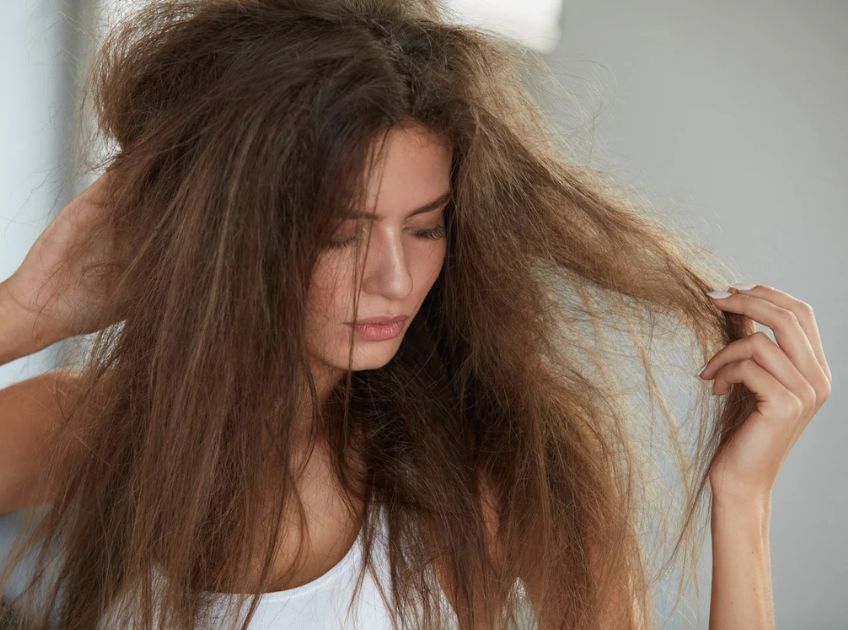
Important: This article is for informational purposes only. Please read our full disclaimer for more details.
Hair porosity refers to your hair’s ability to absorb and retain moisture. It’s determined by the structure of your hair’s cuticle—the outer layer that protects the inner cortex. Knowing whether you have high or low porosity hair can help you choose products, treatments, and routines that keep your hair healthy and manageable.
Trichology research (1), including findings in the International Journal of Cosmetic Science, shows that cuticle structure plays a vital role in how hair responds to moisture and chemical treatments (2). Understanding your hair’s porosity isn’t just a beauty trend—it’s a science-backed approach to better hair care.
Signs You Might Have Low Porosity Hair
Low porosity hair has tightly packed cuticles that make it difficult for water and products to penetrate. While this hair type often appears healthy and shiny, it can be challenging to moisturize.
Key characteristics include
- Water beads up on the surface instead of soaking in
- Hair takes a long time to dry
- Products tend to sit on the hair rather than absorb
- Hair feels smooth but can be prone to buildup
- Resistant to chemical treatments and coloring
Low porosity hair often needs lightweight, water-based products and gentle heat (like a warm towel or hooded dryer) to help open the cuticle for better product absorption.
Signs You Might Have High Porosity Hair
High porosity hair has raised or damaged cuticles, which allow moisture to enter easily, but also let it escape quickly. This can lead to dryness, frizz, and tangles if not properly cared for.
Key characteristics include
- Hair absorbs water quickly, but dries just as fast
- Feels rough or coarse to the touch
- Prone to frizz, tangling, and breakage
- Struggles to retain moisture and needs frequent hydration
- Often, in the result of chemical processing, heat styling, or environmental damage
High porosity hair benefits from rich, sealing products such as butters, oils, and protein treatments to help fill gaps in the cuticle and lock in moisture.
The Science Behind Hair Porosity
Hair cuticles function like shingles on a roof—when they’re smooth and flat (low porosity), moisture struggles to get in; when they’re lifted or damaged (high porosity), moisture escapes easily.
A 2015 study in the Journal of Cosmetic Dermatology found that high porosity is often linked to structural damage in the hair’s cortex and cuticle, usually caused by repeated heat exposure (3), chemical treatments, or UV damage (4). Conversely, low porosity is typically genetic, meaning the cuticles are naturally compact and resilient.
Frequently Asked Questions (FAQ’S)
Q. How can I test my hair porosity at home?
A. One common method is the “float test.” Place a few clean hair strands in a glass of water. If they float for a long time, you likely have low porosity hair; if they sink quickly, you likely have high porosity hair.
Q. Can my hair porosity change over time?
A. Yes. Heat styling, coloring, bleaching, and environmental factors can raise the cuticle and increase porosity. Proper care can help maintain or improve your current porosity level.
Q. Is one porosity type better than the other?
A. Not necessarily—both have strengths and weaknesses. The key is tailoring your hair care routine to suit your porosity so your strands remain healthy and manageable.
Final Thoughts
Determining whether you have high or low porosity hair is the first step to building a care routine that works with your hair, not against it. Low porosity hair thrives on lightweight hydration and gentle heat, while high porosity hair needs rich, moisture-locking treatments. By understanding your hair’s structure and needs, you can keep it healthy, shiny, and strong, no matter your porosity type.
